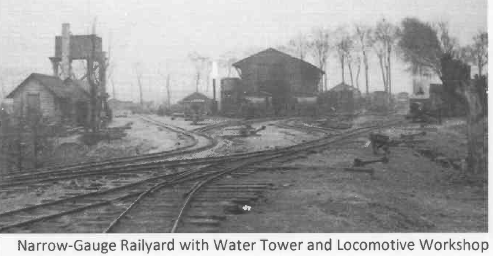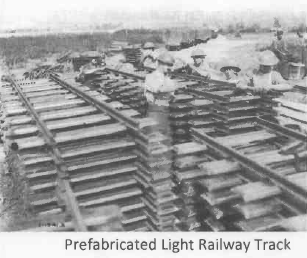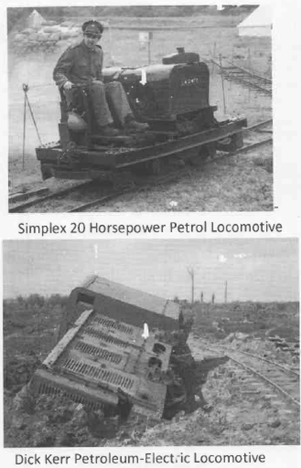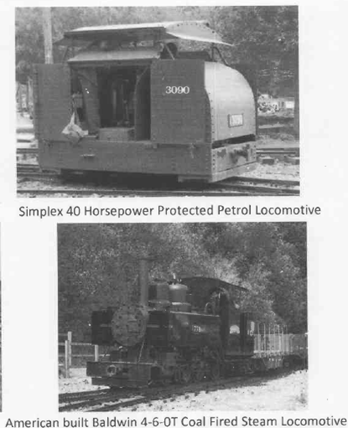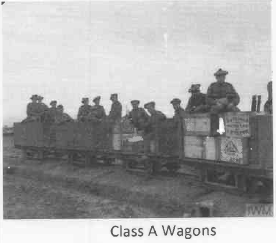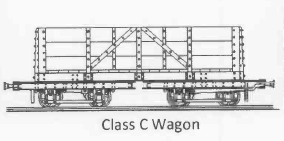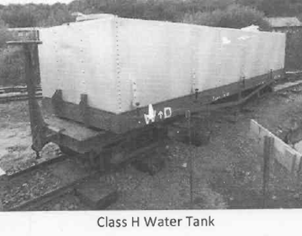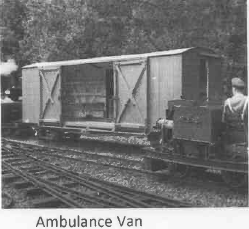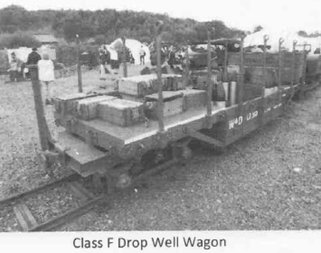
39 CER Museum Dioramas & Plaques

39 CER Museum Dioramas & Plaques
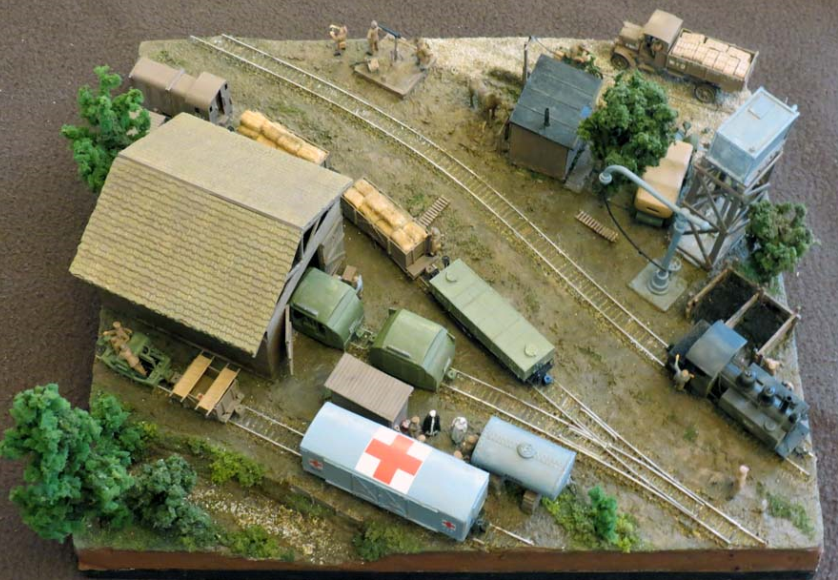
Narrow Gauge (Trench) Railways 1917
Canadian Railway Troops (CRT)
- Over 20,000 Canadians served with the CRT in the Canadian Expeditionary Force of
WWl. Canadians were responsible for 90% of the narrow gauge and up to 50% of the standard gauge lines behind the
British Front. They were a key part of the logistics system keeping the massive armies supplied.
Standard Gauge and Narrow Gauge - Standard-gauge for the main lines was 1,435 mm (4 ft8 1/2in) wide while narrowgauge
tracks were smaller at 600 mm (just under 2 feet wide). The main advantage of narrow-gauge track was that it came
in prefabricated sections. Which meant it could be easily hand built. Cargo was transferred from the standard gauge trains
to the narrow-gauge trains to take to the front. On arriving behind the front, cargo was transferred from the narrow-gauge
trains to horse drawn wagons, horse drawn tramways, trucks, pack horses and mules.
The 6" and the CRT - During WW1 the 6ths training centres in Vancouver and North Vancouver trained 675 recruits for
the CRT. While serving in France more members of the 6th transferred into the CRT. In all, 20 ex-members of the 6th died
on active duty, while serving with the CRT.
Baldwin Steam Locomotive - Early in the war it was noted that the smoke from the steam locomotives attracted German
fire. As such they were only used in rear areas, well out of range of German artillery. Many were American built.
Simplex Petroleum (Gasoline) Locomotives - These British built locomotives were the most commonly used petrol fuelled
locomotives. They came in an open 20-horsepower version and a 40-horsepower enclosed version (Tin Turtles). The open
Tin Turtles lacked doors while the enclosed version had doors. However, the enclosed versions normally operated with
the doors open, because of the fumes, noise and heat.
Dick Kerr 40 Horsepower Petroleum-Electric Locomotives - These were not popular with their crews. They were slow (it
took a long time to get out of range if they came under fire) and top heavy (they sometimes tipped over). They were the
ancestor of today's modern diesel-electric locomotive.
Rolling Stock - Thousands of narrow-gauge railcars were built. These included flat cars, open wagons, water wagons, and
box cars. They left England painted gray and were often repainted a less conspicuous green or brown on arriving in France.
They were usually marked with a serial number, War Department logo and car class.
LGOC Truck - The original LGOC (London General Omnibus Company) trucks were double decker B-Class buses with the passenger box removed and replaced with a cargo box. The conversion was successful and approximately 14,000 were
built. They were 2-wheel drive and could carry 5 tons on a good road. Top speed was 14 miles per hour.
Crossley Staff Cars were primarily used by the Royal Flying Corps while the Clyno Motorcycle was widely used by dispatch
riders.
Air Defence - Although the railyards were out of the range of German field artillery they were still within range of German
aircraft. To provide air defence for the railyards Lewis guns, on locally made anti-aircraft mounts, were often provided.
18-Pounder Field Gun was the most widely used British field gun of WW1, with 9908 built. They were modernized in the
1930s by replacing the wagon wheels with rubber tires, remaining in service until 1942.
